Website Design Questionnaire – 7 Important Questions to Choose Your Final Design
Website design is one of the most important criteria that people use when they check if an online page and its content are worth their time or not. This then compels website owners to look for a web design that will help them increase their page visitors’ average time on their site and reduce bounce rate. However, that is not an easy feat to achieve. Owners of various digital properties and web designers alike need to go through multiple rounds of design checks and AB testing before they choose and settle on a final website design. And in order to come up with a web page design that satisfies both the client and the designer, a website design questionnaire is usually first filled out.
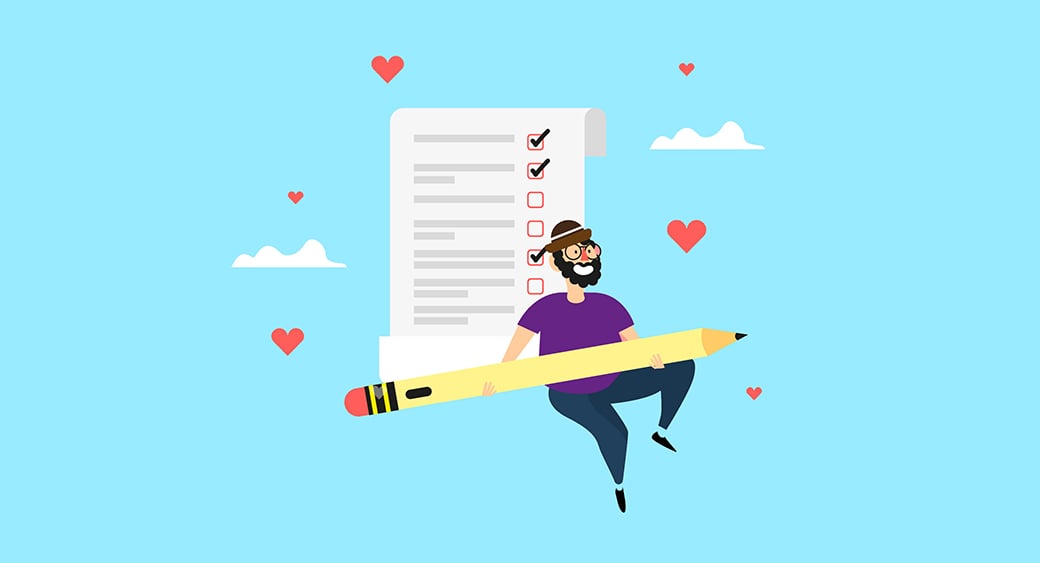
What is a Website Design Questionnaire?
A website questionnaire is a list of questions about the client’s personal or business and website preferences. It acts as a tool that will collate all the client’s biases and favored options toward the look and feel of his or her website. This questionnaire usually comes with a checklist portion where clients just need to put a checkmark on items or features that they want to see in a prospective website design.
A web design questionnaire is typically printed on a piece of paper, and the graphic designer will mark the answer himself or herself as he or she interviews the client. In some cases, the client themselves will read and fill out the entire questionnaire.

If you are a graphic designer tasked with revamping a current site or with creating a new website for a client, you need to make sure that the website design client questionnaire is filled out way before any actual work is done on the website.
Questions To Ask Before Choosing a Final Design
So, imagine this. You took on a website designing job and the first thing you do is you ask your client to fill out a website design questionnaire. Then, you begin working on the site while also incorporating the client’s personal preferences into the site that you are transforming.
But there’s a snag. Web designers often need to create multiple possible design choices that are still subject to the client’s approval. And whether or not you have been given enough freedom to come up with the final design or you need to create multiple final design versions, the fact still remains that you need to choose a final website design.
And choosing a final design – whether for a simple brochure or for an e-commerce website – can really be daunting. To help make this process easier, we have come up with the top seven questions that you should ask yourself before you choose a final design. Find out what these questions are below and be sure to apply them the next time you find it difficult to choose a final website design.
1. What is the company or brand background?
When it comes to choosing a final design for a website, one of the first things to ask yourself is how much you know about the company’s or the business’ background. Remember, you are creating a website for a specific service, product, or personality. Your website design should be linked to what product, service, or idea your client is selling.

To find out more about your client’s business background, you can do a simple web search. Or, your client may have already told you about it through the website questionnaire sample that you have asked him or her to fill out before the start of the project. Review the website design questionnaire thoroughly so that you can better see what kind of business or personal brand your client has. Once you already have an idea of the kind of business your client operates, you can then better choose a final website design that complements your client’s brand.
For example, if you are tasked with creating an online store and your client wrote ‘local organic vegetable and fruit shop’ as the kind of business that he or she operates on your website design client questionnaire, it is best to choose a final website design that features refreshing vegetable-shaped icons. Based on the client’s answer to the website design questionnaire alone, you may already deduce that incorporating elements that will remind the site visitors of making a health-conscious choice while shopping on the site is a final design-worthy.
2. What will the client use the website for?
Another question that web designers and creators need to ask themselves before choosing a final design is: What will the website be used for?
As the lead web designer, you should know what the answer to this question is just by perusing the client’s answers to your web design client questionnaire alone. In the event that the client himself or herself does not have a clear-cut answer to this question, it is your job to dig through the different clues that may be found through the questionnaire sample or by interviewing the client again.
Websites can be created as an online information archive, as a way to communicate with computer-savvy customers, as a platform to promote and sell a product, as an indirect marketing tool, or as a combination thereof. With these many possible uses of a website, it can be difficult for clients to choose just one use. Therefore, it is your job as the website designer to help inform the client about the myriad of things that a website can do and how they can benefit from each.
Remember, the most effective websites are those that have decided on a singular important purpose. By doing this, customers are less inundated with varying website messaging and, in turn, they are directed to do one action at the end of their visit to your site. And that is either to buy a product or service, watch a video, follow you on social media, or even sign up for your brand newsletter.
Once you know what the website is going to be used for, you can then choose a final website design that will smoothly accomplish this purpose.
3. Who is the client targeting?
The next thing to do before choosing a final design is to determine the specific market demographic your client is targeting through the website. Just like the other must-ask questions that we have listed earlier, this one would most likely have already been answered by the client on the website design questionnaire.
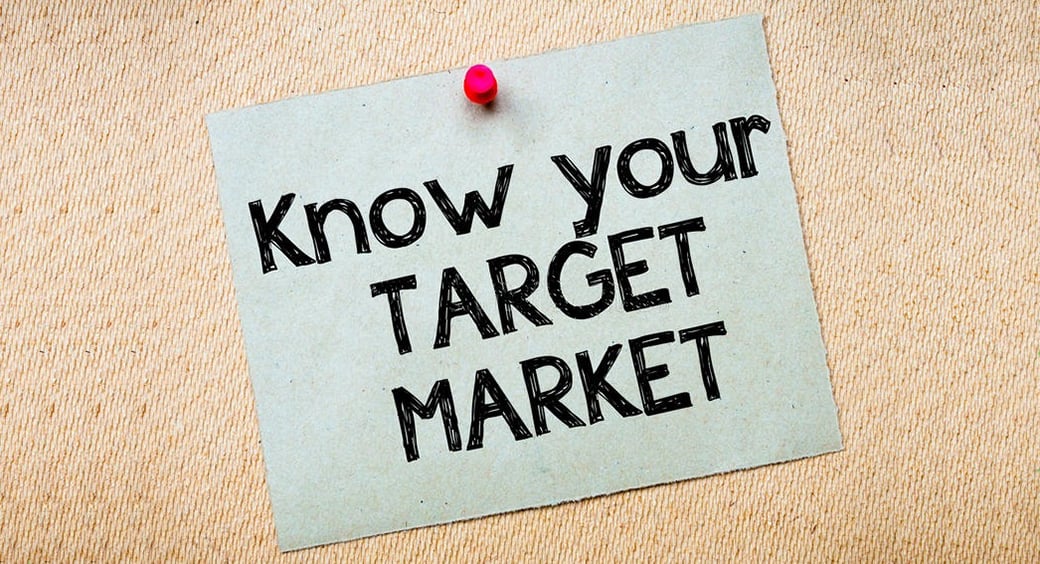
In order to get as much information from your web design client questionnaire, make sure that you get as many questions on the questionnaire sample. This way, you are assured that you have all your bases covered and you can always refer back to the web design questionnaire without having to bother your client with your repetitive line of questioning as the project commences.
To further expound, knowing who the client intends to attract with the website is important so that you can properly design a website that will also appeal to this group of people. If, for example, your client intends to attract middle to upper-class men and women who have a steady source of income to use your website to find out different ways to invest their hard-earned money, it may be best to choose a final website design that exudes professionalism and trustworthiness.
4. What is the website theme?
As a web designer, it is your job to create a website design that will go well with the intended website theme that a client chose. Finding out your client’s preferred website theme is another question that can be easily answered by a website design client questionnaire.
When you ask your client to fill out a website design questionnaire, he or she is forced to make a choice on what the overall look and feel of the site should be. If your client is articulate enough or if he or she already has a specific vision in mind, the website theme will be easy for you to recreate and apply on the final design.
And this same vision or theme is what you should look for in a final website design. If you think that your design creations do not meet the client’s vision, it may be best to review your client’s answers to the web design client questionnaire and re-envision what the website design based on his or her proposed theme should be.
5. What special features does the client want? Is it SEO-ready?
Most website design questionnaires will include a question about the client’s preferred website features or functionalities. This can be having a translation-ready site, an SEO-compatible site, or even a site with beautiful typefaces.
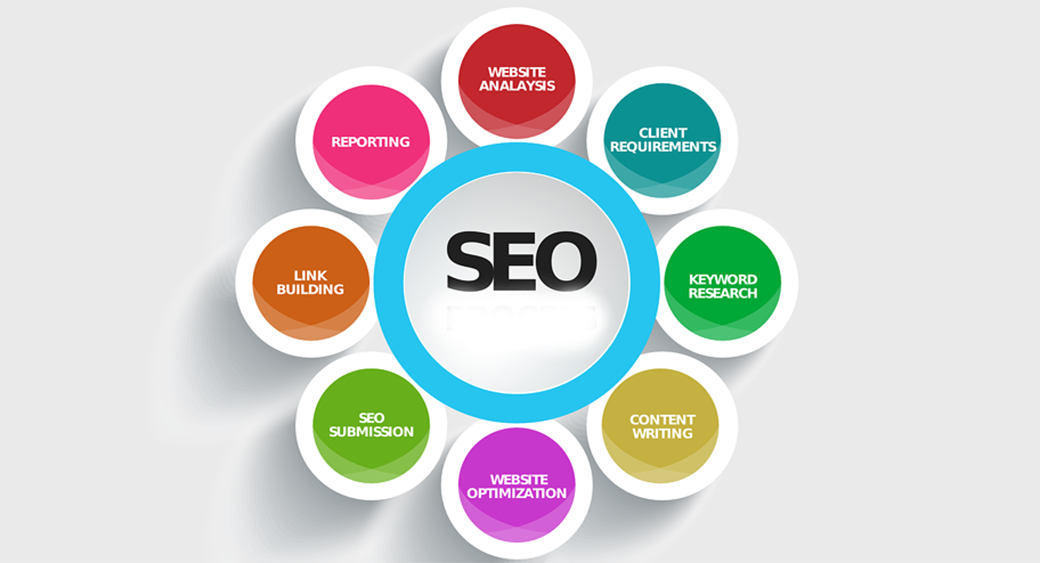
That is why, when it comes to choosing a final website design, you should always look back to the client’s answers on the web design client questionnaire and verify if the client-requested website features are present or not.
If not, you may have to rework the website design to make sure that the client’s requests are honored. Or if you think that the functionalities the client requested are impossible or difficult to achieve given the project’s timeline, make sure to talk to the client about this issue. It is better to keep the client informed and updated about the status of the project from time to time than risk the client’s ire or disapproval at the end of the project.
6. Can all the graphic design elements on the site be used commercially?
One of the hallmarks of a good website design is its uniqueness. That is why, when it is time to choose a final website design for your client, web designers should make sure to check and verify that all the graphic design elements on the new site may be used commercially and/or without credit.
Your client does not have to answer a website design questionnaire for you to get this step right. After all, it is your job as the website designer to make sure that your creation is original and uses only legally-sourced design elements.
However, this does not mean that you have to force your client to pay for these additional design elements. If your client is under a budget and you quote a higher design fee owing to the use of commercial images and fonts, they may back out from the arrangement and you may lose this job opportunity.
What you can suggest to your client and do on your end is to use free and legal alternatives instead. For example, you can even use free graphics resource websites like Template.net, Canva etc to get an example of your design without paying a premium licensing free.
When you recommend other free and cost-effective solutions to your clients, they will most likely feel that you are on their sides. And if this job arrangement works out, they may even hire you for their next design projects.
7. Is the client computer-savvy?
One important question to ask yourself before choosing a final website design is whether or not the client is computer-savvy. This question of the website design questionnaire may be answered with the use of the web design questionnaire that the client filled out at the start of the project. However, you still need to assess and verify for yourself the extent of the client’s computer knowledge.
This is an extremely important aspect in website creation since the entire website will be left at the hands of the client after the project is completed. As the lead web designer, you may need to teach the client how to access the site, create posts, back up posts, update price lists, and a lot more.
And if the client is not that computer-savvy, you may have to create and choose a final website design that the client can easily access. This may mean incorporating a login page right on the website’s main page. Or, you may have to choose an entirely different content management system that the client will find easier to use.
Take this factor into consideration especially if your client intends to do the backend portion of running the website after you have created the final design for him or her.
Get Ready to Choose Your Final Design
If you want an easier time choosing your final website design (or any kind of graphic design for that matter), it is best to have a website design questionnaire prepared and filled out before the project even starts. This simple tool can help you choose a final design that will best honor your client’s wishes and your own design preferences.
Use all the seven questions that we have listed above to guide you in creating the best website designs that your customers will surely be proud of.
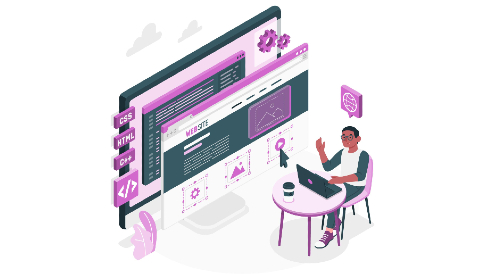
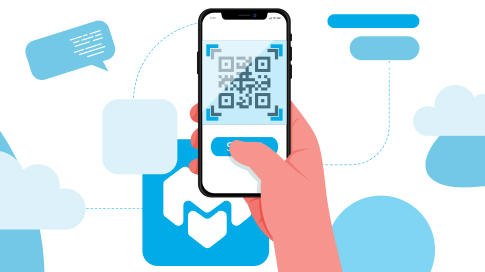
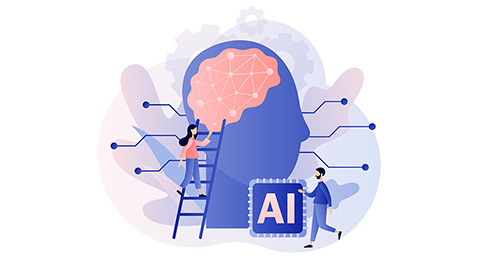
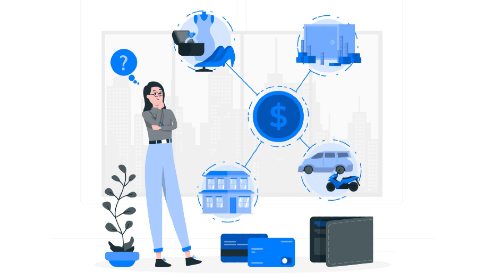
Leave a Reply